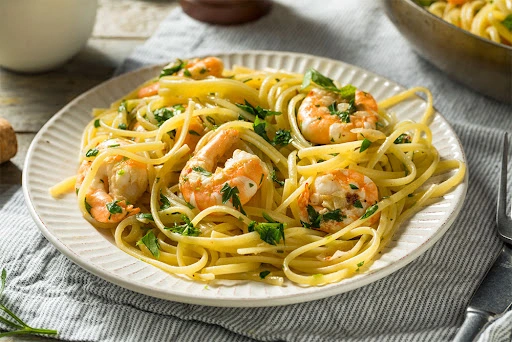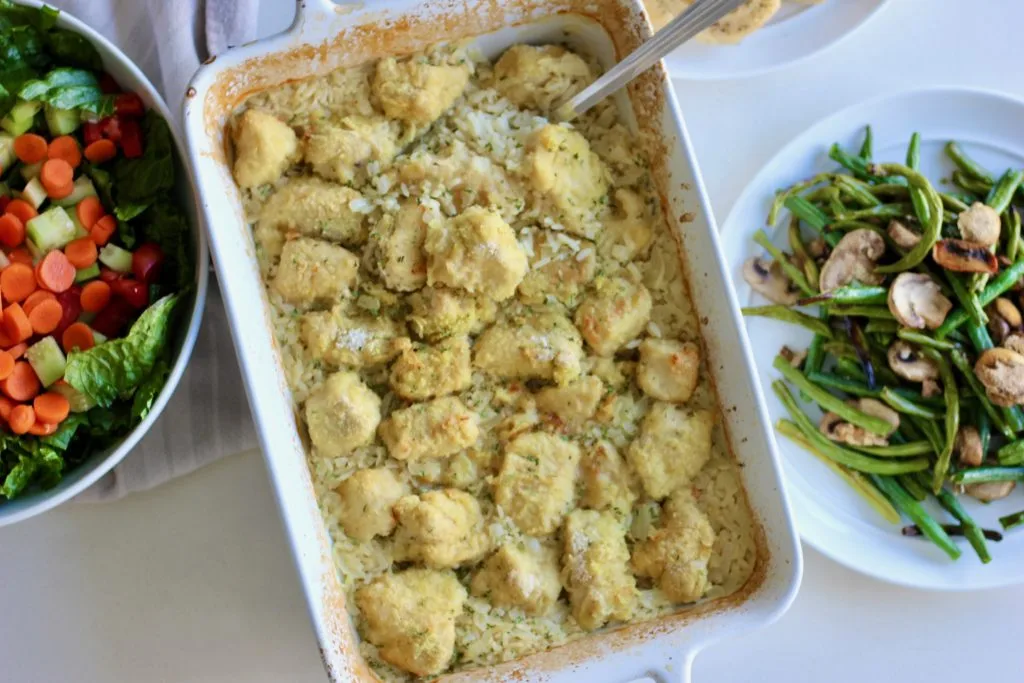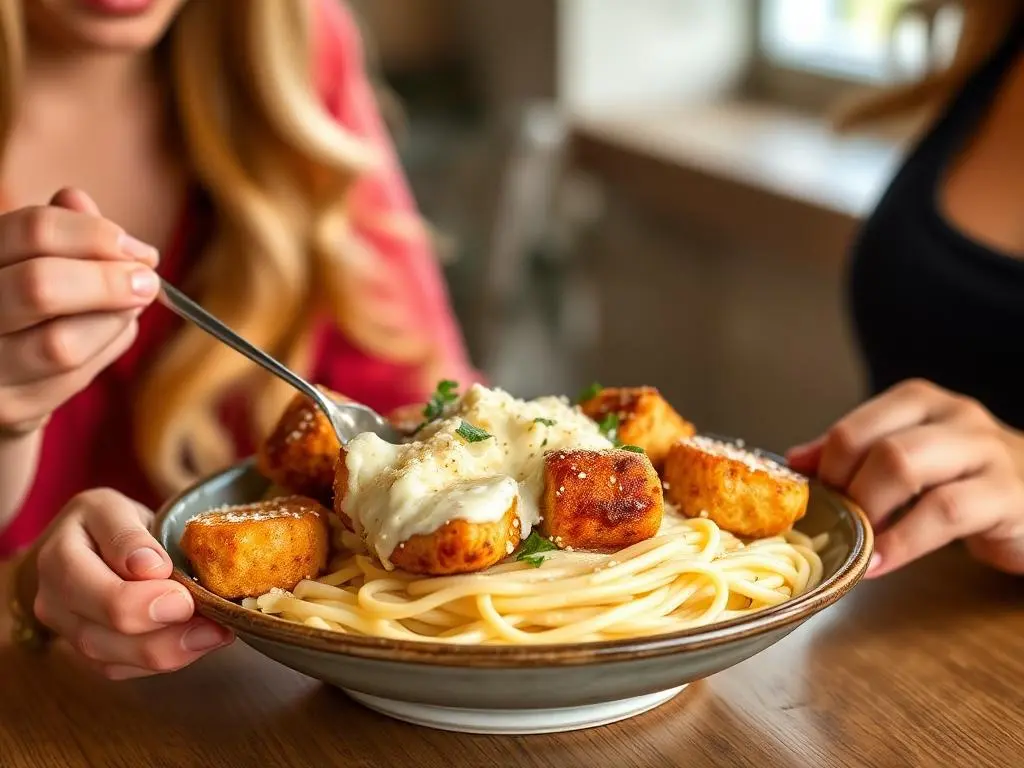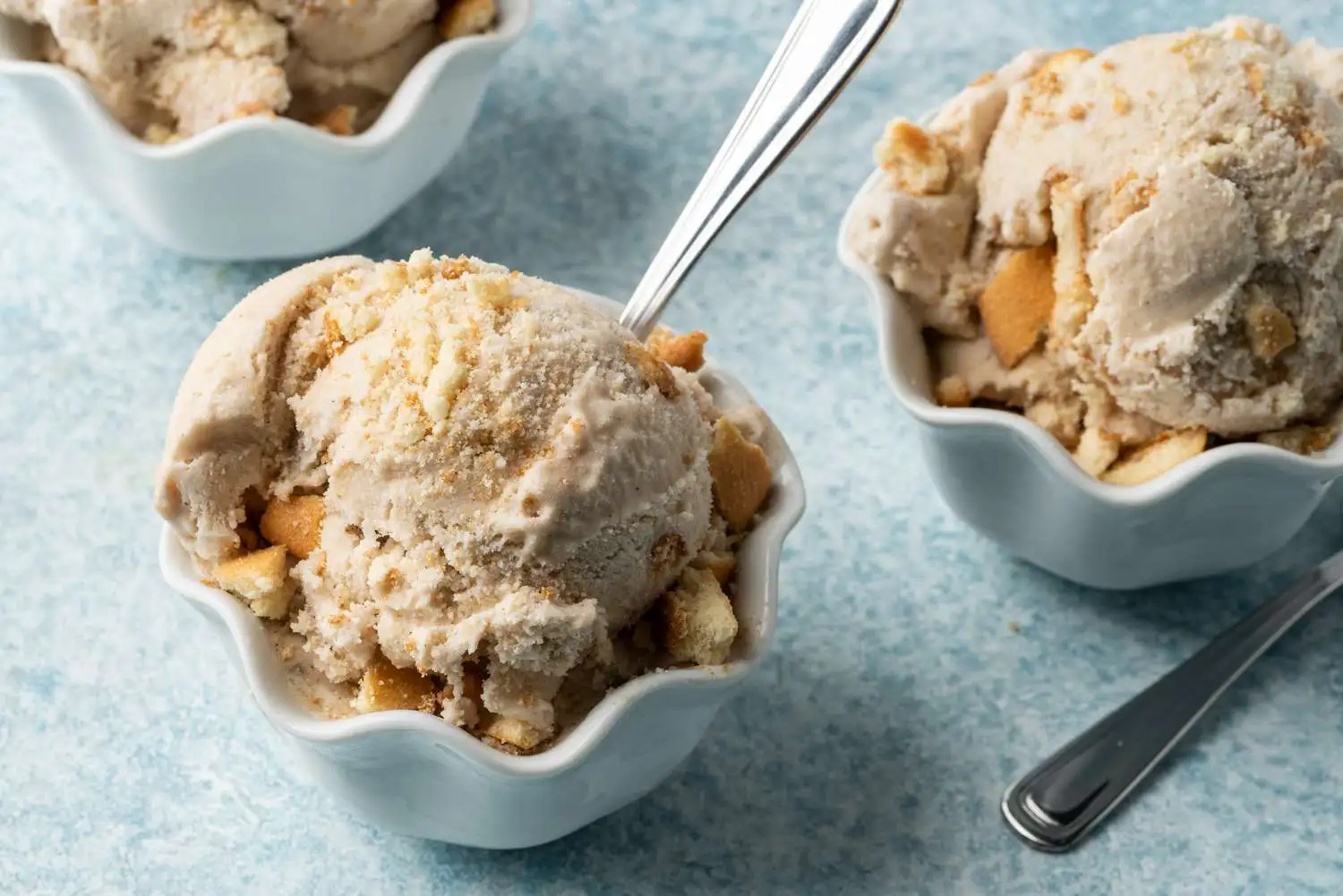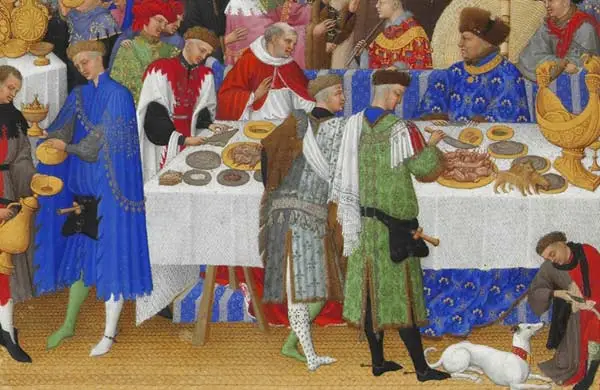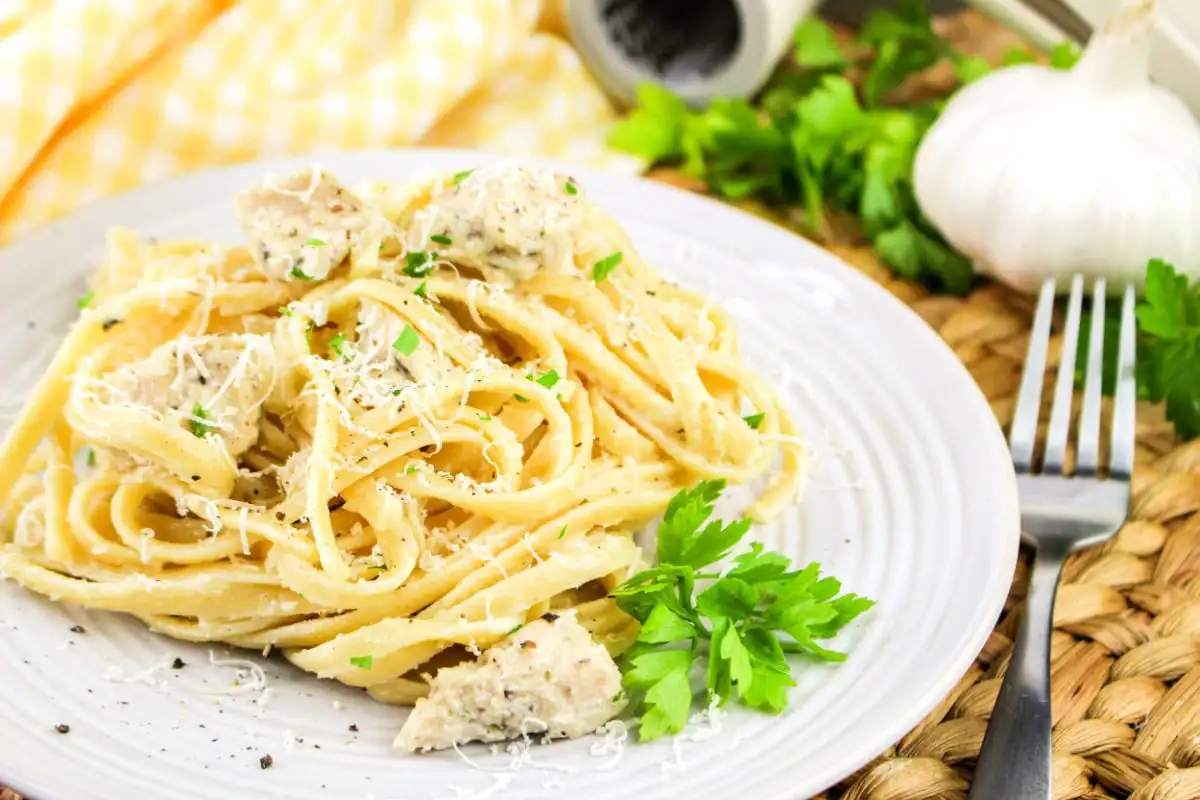Sandwiches are more than just ingredients tucked in between pieces of bread (or stuffed into a bun). Around the world, this adaptable finger meal is available in a variety of forms, and the recipes reflect the local flavours and cultural traditions. We've ranked the greatest sandwiches in the world, from Middle Eastern markets' shawarma pittas to comfort food favourites like grilled cheese and croque monsieur, based on how well-liked each dish has remained both in its own country and abroad.
Cucumber sandwich, UK:
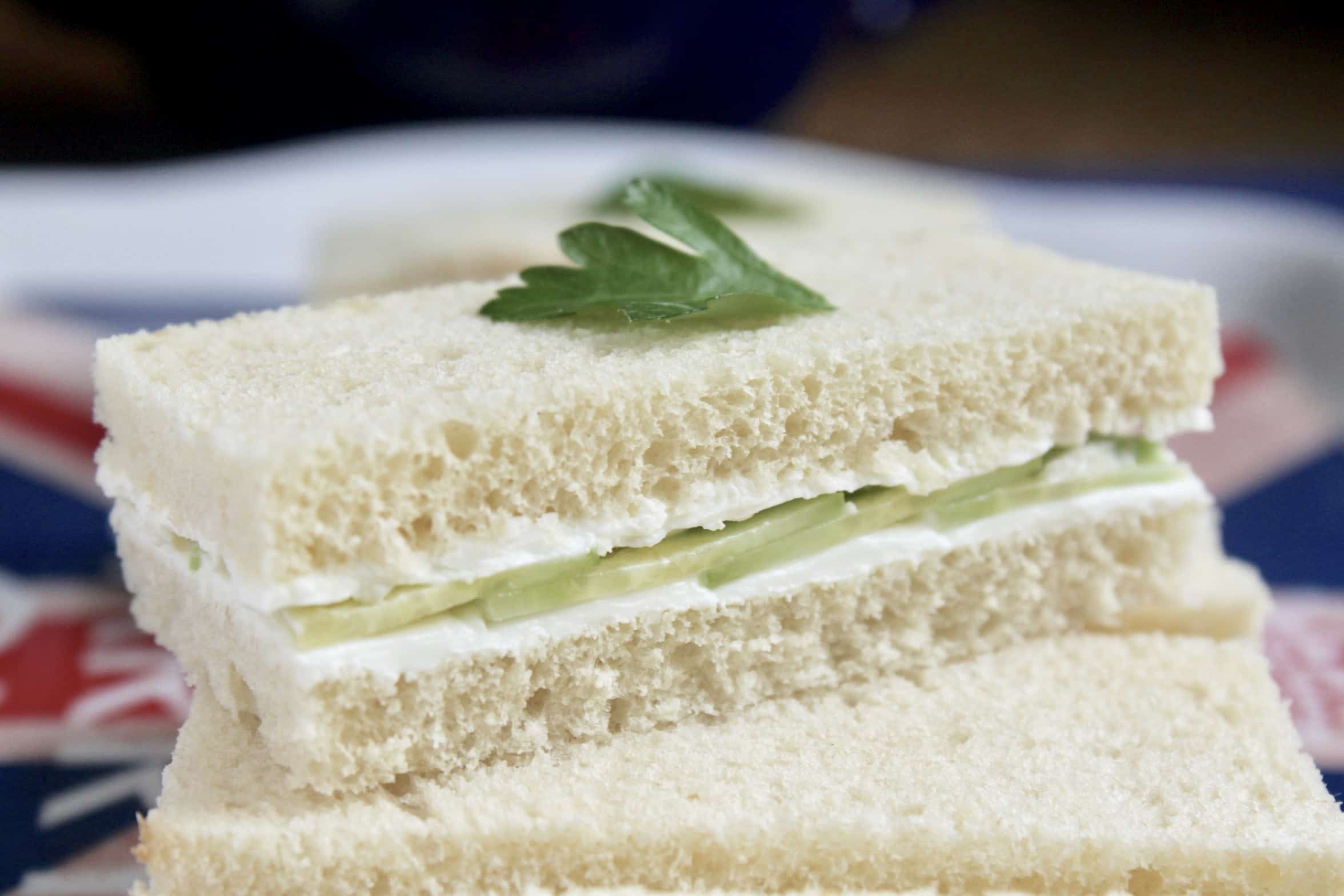
Cucumber sandwiches are quintessentially British and are sometimes served with equally delicate cakes and (not so dainty) fluffy scones on afternoon tea platters. They are very basic, consisting of buttered toast with thinly sliced cucumber. However, to keep the sandwiches looking as dainty as possible, chop off the crusts if you wish to imitate Downton Abbey. They become extraordinary with a light drizzle of high-quality vinegar (think white wine vinegar instead of a strong malt kind).
Mettbrötchen, Germany:
Mett is a specialty of Germany, especially in the north, and is raw, minced meat seasoned with salt, pepper, and occasionally garlic. It was a mainstay of celebrations from the 1950s to the 1970s, fashioned like hedgehogs (or mett-hogs) and adorned with gherkins and onions. These days, it's more frequently seen at bakeries, where it's spread on bread rolls along with pickles, onions, and parsley. Breakfast is usually served with it.
Egg mayonnaise, UK:

Egg mayo sandwiches, rolls, or baguettes are a taste preference, which accounts for their comparatively low ranking on our list. This option may be avoided by those who remember warm, curly-cornered egg sandwiches from earlier buffet tables. Nonetheless, egg mayo sarnies can taste great if they are prepared fresh and properly seasoned. The ideal way to savour this traditional British sandwich is to combine sliced or diced hard-boiled eggs with mayonnaise, a generous amount of salt, and, for added kick, a dash or two of chili powder. Add some peppery greens, such cress, to the mixture for a distinctly retro feel.
Jambon-beurre, France:
The national sandwich of France is quite simple, despite the country's renowned for its rich and intricate cuisine. Made from only three ingredients, the jambon-beurre, also called le Parisien and translating to "ham-butter," is sold in millions by boulangeries, street vendors, pubs, cafés, and supermarkets all throughout the nation. A baguette de tradition, or thin French stick, is used to make the jamon-beurre. It is lavishly coated with butter and filled with thinly sliced French ham, known as jambon blanc or jambon de Paris. The perfect butter is creamy, traditionally churned Brittany or Normandy butter.
Fischbrötchen, Germany:
Though there are variations across the nation, fischbrötchen is a common dish in northern Germany, especially around the Baltic coast. A classic fischbrötchen consists of horseradish sauce, onion, pickles, and herring on a crusty bread. However, additional fish species have entered the mix over time, such as cod, salmon, and shrimp. Throughout the region, you may find both classic sandwiches and contemporary twists at everything from upscale eateries to fishing shacks.
Falafel sandwich, Middle East and North Africa:
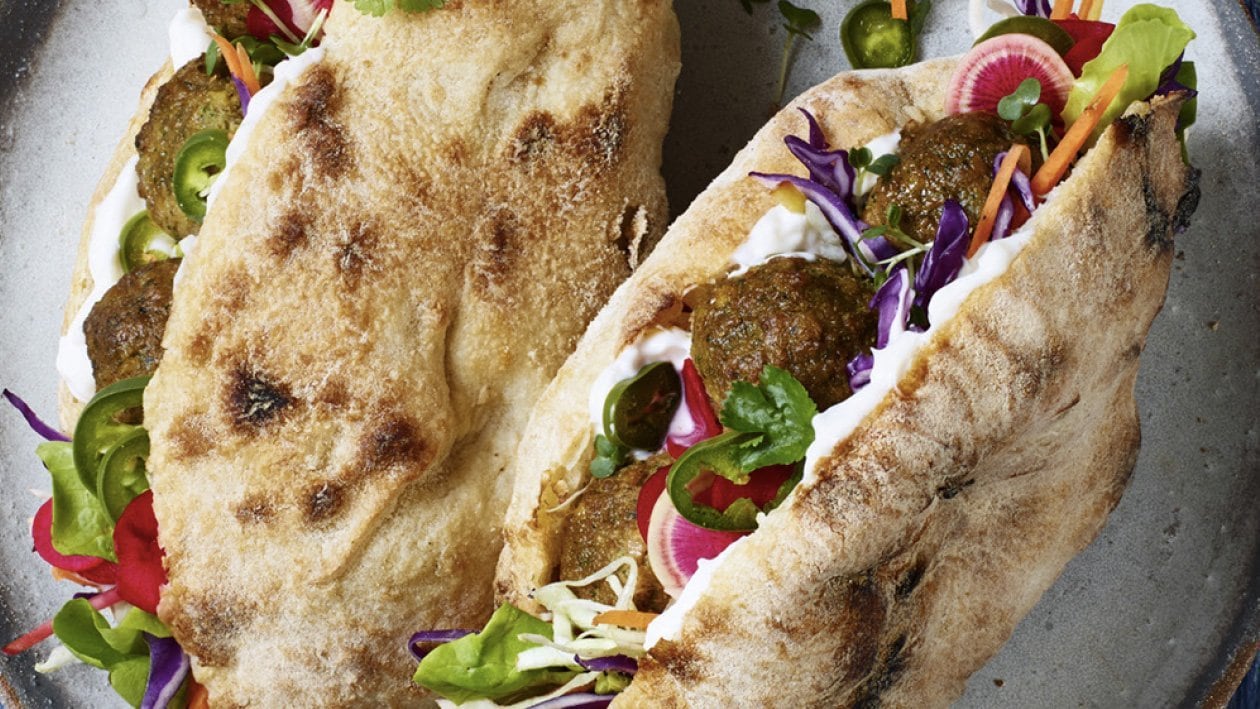
Many nations, including Egypt, claim to have invented falafel, which is a very popular street meal across the Middle East and portions of North Africa whether served in wraps, pittas, or flatbreads. They are usually formed into balls and deep-fried using a mixture of ground chickpeas, broad (or fava) beans, onions, and garlic, along with herbs and spices for extra taste. The tasty, portable bundle is completed with salad, pickles, tahini, and hummus.
Cheese and pickle, UK:
The traditional cheese and pickle sandwich is a classic, even though it may not be the most interesting item on our list. According to current data from the British Sandwich Association, 119 million cheese and pickle sandwiches are consumed in the UK each year. The pickle is usually British brand Branston's or something similar; it's a chunky, acidic relish with a dark brown colour. The cheese component is usually Cheddar. In case you're extremely hungry, you might consider ordering the whole ploughman's lunch, which is a standard pub meal that includes pickled onions, ham, and apple wedges on the side.
Tuna melt, USA:
Another easy sandwich that can be produced using common ingredients from the grocery store is the tuna melt, which was created by accident because it is so easy to make. A grilled cheese sandwich was hit by a bowl of tuna salad when the lunch counter cook at a Woolworth's in Charleston, North Carolina, was rushing around, according to the tale. Rather than discarding it, he capitalized on it and produced a masterpiece. Though chopped onions, olives, capers, diced tomatoes, and canned sweetcorn are popular additions, the main ingredients are tuna and melted cheese.
FAQs
What is the most popular sandwich in the world?
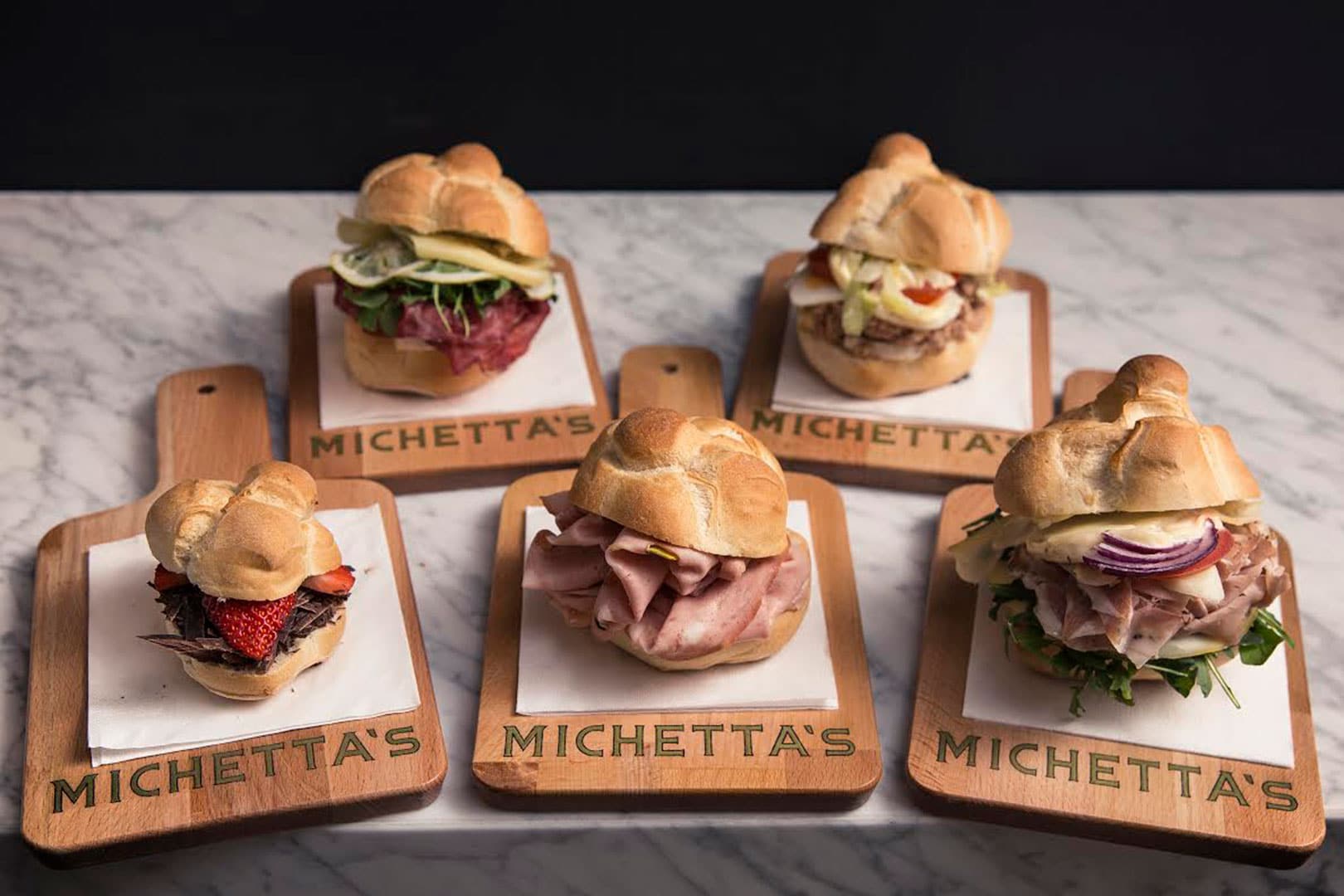
Medianoche, Cuba.
Gyros, Greece.
Croque monsieur, France.
Smørrebrød, Denmark.
Falafel, Egypt.
Cucumber sandwich, Britain.
Choripan, Argentina.
Bánh Mì, Vietnam.
Which country has the best sandwiches in the world?
It's the bread, dry outwardly, delicate and cushioned within. It's the fillings, the salted green papaya, the spices, the blend of pork cuts, the natively constructed farmhouse pate. What's more, it's the mysterious bean stew sauce. It is, taking everything into account, presumably the world's best sandwich.
What is the healthiest sandwich to eat?
Great sandwich decisions incorporate cut store or rotisserie chicken, turkey, ham, lean meal meat, canned salmon or fish, nut spread, barbecued tempeh or tofu, crushed cooked beans, and diminished fat cheddar.


